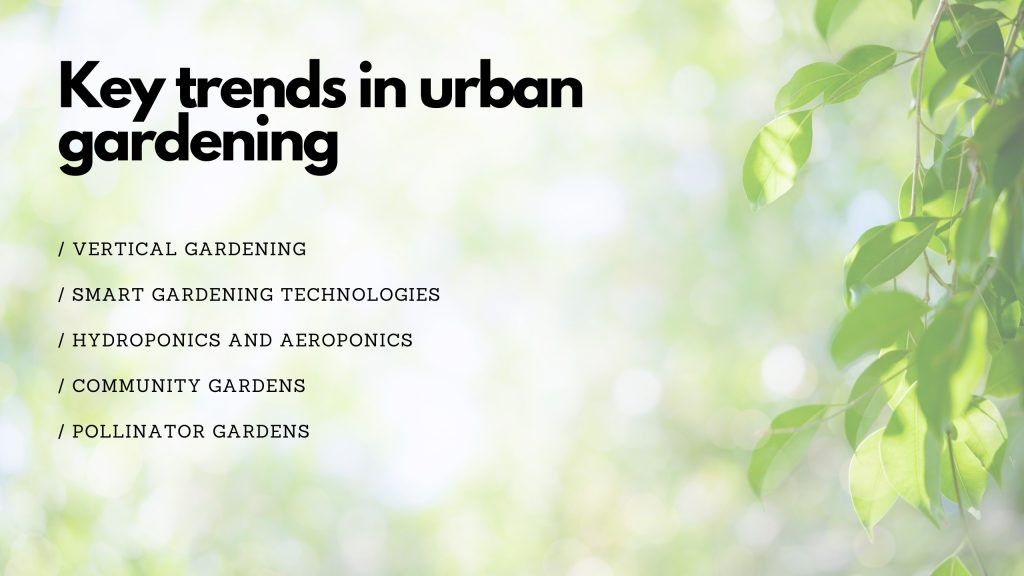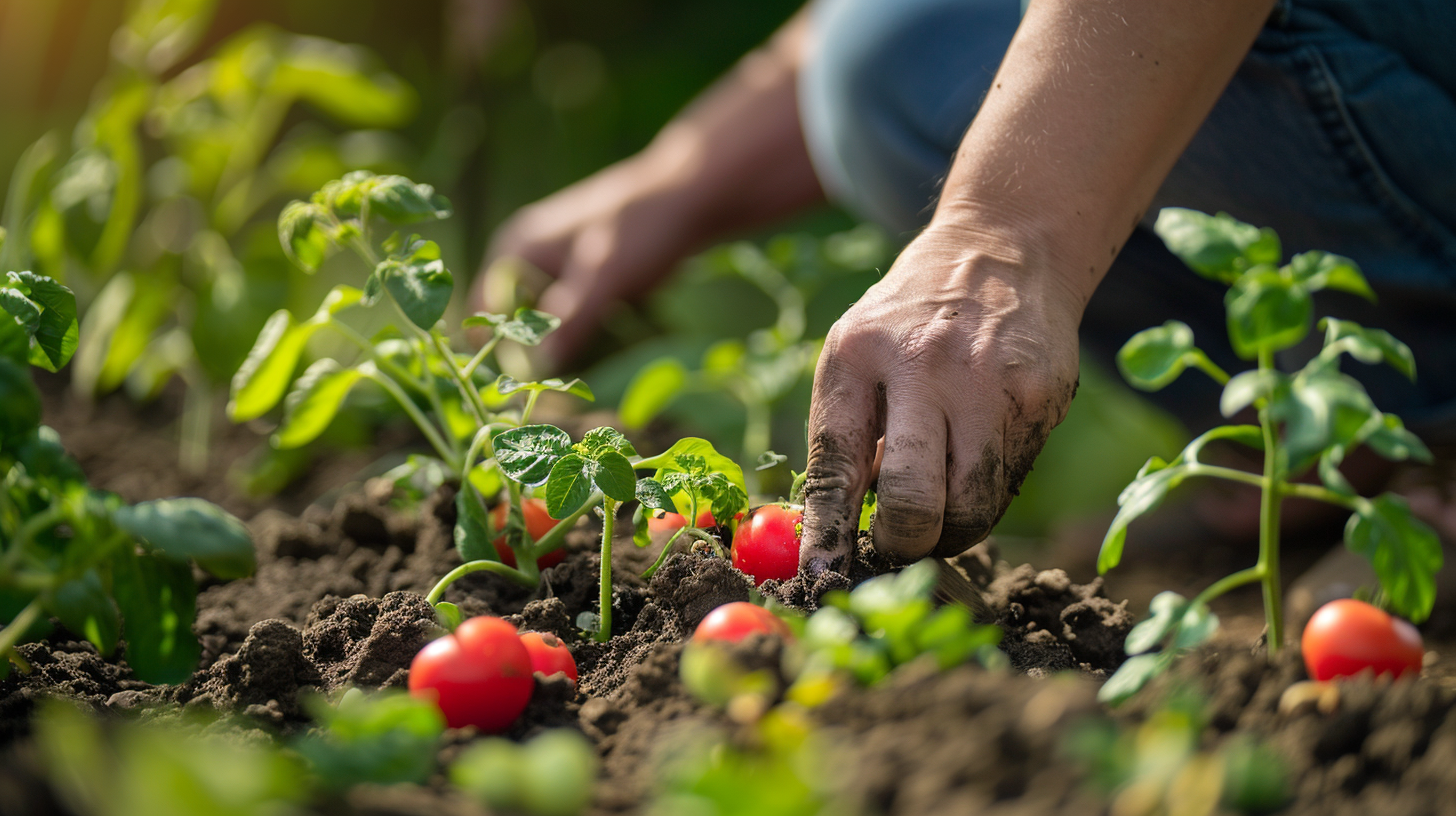Urban gardening has witnessed a remarkable resurgence in recent years, transforming from a hobby into a crucial component of urban living. As cities grow denser and green spaces become scarcer, urban gardening provides many benefits, from enhancing food security to improving mental health. This article covers the latest statistics, trends, and impacts of urban gardening in 2024, which might give you a glimpse into why we as a family go all in into urban gardening.
35% of American households do some form of urban gardening
The global urban gardening market has grown significantly, with an estimated market size of $50 billion in 2024, up from $40 billion in 2020. This growth is driven by an increasing awareness of sustainability, the health benefits of homegrown produce, and the need for green spaces in urban environments. According to a survey by the National Gardening Association, 35% of American households now engage in some form of urban gardening, up from 25% a decade ago.
Health and Environmental Benefits
Urban gardening has been shown to offer substantial health benefits. A study by the University of Helsinki found that exposure to garden soil microbes can enhance immune function and diversify skin microbiota, potentially reducing allergies and autoimmune diseases. Additionally, a comprehensive study by the University of Texas at Austin revealed that urban gardens significantly boost local biodiversity, supporting a variety of plant and animal species, and improving ecosystem services like pollination and carbon sequestration.
Key Trends in Urban Gardening
- Vertical Gardening:
Vertical gardening is a space-efficient method that has gained popularity in urban areas. By growing plants on walls or vertical structures, urban gardeners can maximize limited space. The market for vertical gardening systems is expected to grow at a compound annual growth rate (CAGR) of 8% from 2023 to 2028, reaching $6.8 billion by 2028. - Smart Gardening Technologies:
Technological advancements have revolutionized urban gardening. Smart gardening tools, such as automated irrigation systems and soil sensors, help gardeners optimize water usage and monitor plant health. The global market for smart gardening tools is projected to reach $1.5 billion by 2025, growing at a CAGR of 10%. - Hydroponics and Aeroponics:
These soil-free growing techniques are ideal for urban settings. Hydroponic and aeroponic systems use nutrient-rich water to nourish plants, allowing for year-round cultivation indoors. The hydroponics market alone is expected to reach $16 billion by 2025, with a CAGR of 11%. - Community Gardens:
Community gardens have become vital urban hubs, promoting social interaction and food security. There are now over 18,000 community gardens in the United States, a 25% increase from 2010. These gardens provide fresh produce to local residents and serve as educational centers for sustainable practices. - Pollinator Gardens:
With the decline of pollinator populations, many urban gardeners are creating pollinator-friendly spaces. Plants like milkweed, butterfly weed, and lavender attract bees and butterflies, helping to sustain these crucial species. Pollinator gardens are now present in 30% of urban green spaces, up from 20% five years ago.

Households save up to $500 annually, property values increase by 15%
Urban gardening also has significant economic and social benefits. It reduces food costs for urban residents, with households saving an average of $500 annually by growing their own produce. Moreover, urban gardens can increase property values by up to 15%, making neighborhoods more attractive to potential buyers.
Socially, urban gardens foster a sense of community and well-being. They provide opportunities for residents to connect, share knowledge, and engage in physical activity. A survey by the American Community Gardening Association found that 80% of community gardeners reported improved social interactions and a stronger sense of community.
Future Outlook
The future of urban gardening looks promising. As cities continue to expand, the integration of green spaces into urban planning will become increasingly important. Governments and organizations are recognizing the value of urban gardens, investing in initiatives to promote green spaces and sustainable practices.
In conclusion, urban gardening in 2024 is not just a trend but a movement towards healthier, more sustainable urban living. With its many benefits and growing popularity, urban gardening will play a huge role in shaping the future of cities. Whether you’re a seasoned gardener or a beginner, there’s never been a better time to join this green revolution and contribute to a more sustainable world.
